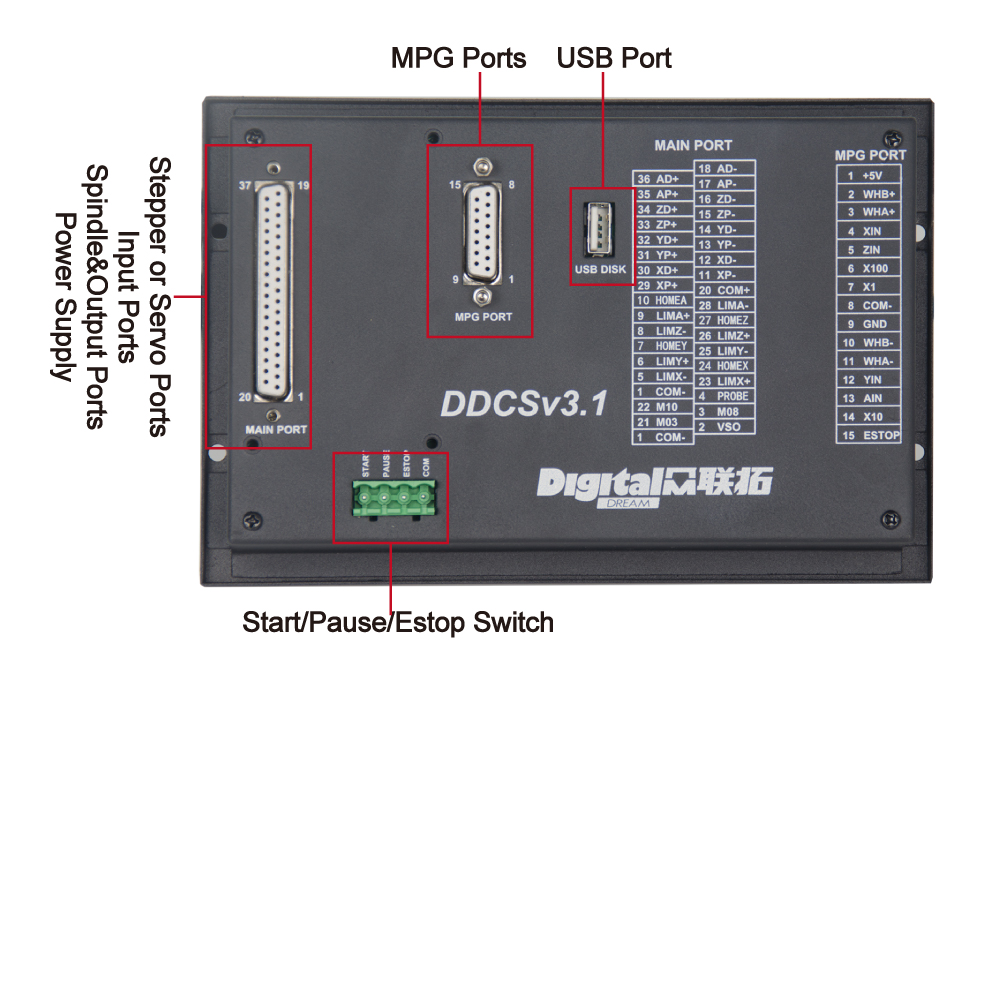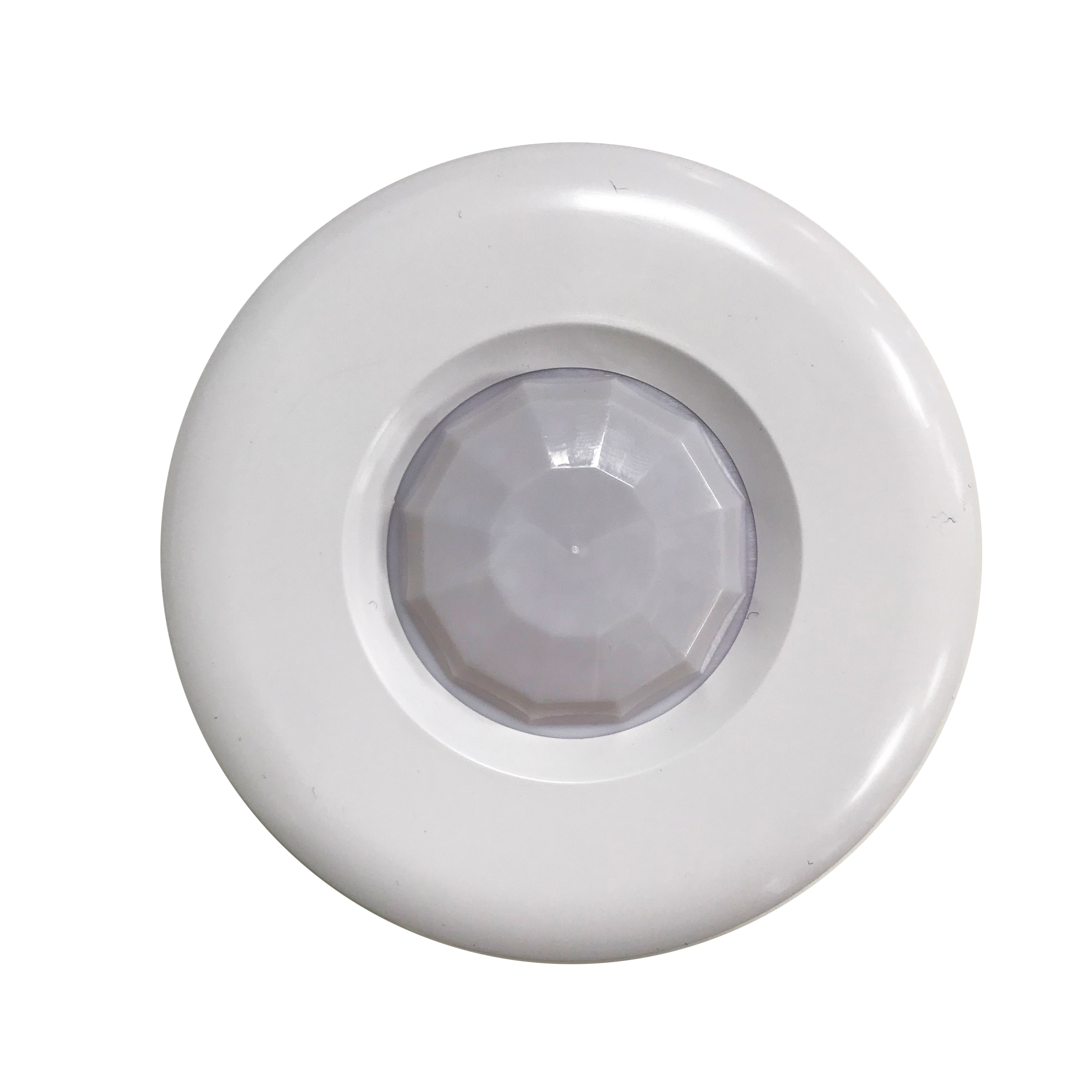

- #Motion sensor how to#
- #Motion sensor full#
- #Motion sensor software#
- #Motion sensor code#
- #Motion sensor download#
#Motion sensor code#
detected motion), then we run the code inside the if statement.

After this, we get the current state of the sensor, and if it is 1 (e.g. We begin by putting the script to sleep for 0.1 seconds. (You can still cancel the script by press ctrl + c in the terminal). This loop means it will never exit because it is always true. In this next part, we have an infinite while loop. On the other hand, our piezo buzzer is going to need to act as an output. For example, we want to detect motion so our PIR sensor will be input. We also set up our GPIO pins to be either outputs or inputs. This numbering is a little easier to understand as all the pins are numbered in order. If this is 0, then it is off, or 1 means it has been activated.įor this tutorial, we will set our GPIO mode to reference the physical numbering of the pins rather than the actual numbering. The current state variable is where we will store our sensor state. We set three variables, the first two are references to our pins, and thus I have named appropriately.

I will briefly explain what each part of the code does.įirstly, we import the GPIO and time Python packages as we will need these to be able to interact with the GPIO pins and also pause our script. sudo nano motion_sensor.py Code Explanation Lastly, on the Pi enter the following command to open the Python script and load it in the nano text editor. Next, change directory, to the script folder.
#Motion sensor download#
Alternatively, you can also download it directly from my GitHub page.
#Motion sensor full#
If you do not feel like typing out the full script, you can download it using wget. This programming is relatively easy and much like our introductory post to the Raspberry Pi GPIO pins is an excellent way to learn the basics of Python.ġ. To bring our Raspberry Pi Motion sensor circuit to life, we will need to do a little programming.
#Motion sensor software#
Raspberry Pi Motion Sensor Software Setup Now for the PIR sensor run the red wire to the 5v line and the black wire to the ground rail on the breadboard. Then connect this up to the yellow wire of the PIR sensor.ĥ. Place a 100-ohm resistor at the end of the wire. Run a wire from pin 11 to the breadboard. Connect the piezo buzzer to pin 7 (Red wire) and the ground rail (Black wire).Ĥ. Run a 5v pin to the positive rail on the breadboard.ģ. Run a ground pin to the ground rail on the breadboard.Ģ. To construct the circuit simply do the following.ġ. You don’t have to use a breadboard like I am you can simply hook these straight up to the Raspberry Pi. A breadboard makes prototyping and building circuitry a lot easier. In this circuit, the buzzer will give a loud beep whenever the motion detector circuit is triggered.Ī breadboard isn’t necessarily a requirement for this project, but I would highly recommend using one. The piezo buzzer is a simple speaker that outputs a sound whenever a current is traveling through it. The sensitivity is how much movement needs to occur before it goes off. The time will allow you to set a delay before it goes off (Send a high signal). Most PIR sensors have some adjustable screws on them that will allow you to adjust both the time and sensitivity of them. They detect motion whenever there is a change of infrared temperature in their field of view. We will be putting together a simple circuit that makes use of a PIR sensor and also a piezo speaker.Ī PIR sensor is most commonly seen in security systems to detect movement before sending the alarm off. Please be sure to follow us on social media or sign up to our mailing list if you like our content and would love to stay up to date on all the latest projects.Īdblock blocking the video? Support us by subscribing to our ad-free service.
#Motion sensor how to#
If you would like to see a video on how to do this Raspberry Pi motion sensor, then be sure to check out the video I have prepared below. Also, be sure to check out some of the best Raspberry Pi cases you’re able to get. While the breakout board, breadboard, and the wire are optional, I do highly recommend using these as they will make your life a lot easier. In order to do this project, you will need some equipment this includes a Raspberry Pi PIR sensor and a piezo speaker. I highly recommend investing in a breadboard as it will make building circuits a lot easier. If you’re unfamiliar with electronics, then this tutorial is the perfect way to introduce yourself to different parts and circuits. Both these devices will need to be hooked up to the GPIO pins to work. To make this project a little more interesting, we will also be using a piezo speaker whenever motion is detected. I explain a bit more about the sensor further down this page. In older style security systems these sensors were used a lot. A PIR sensor is a simple but excellent device for detecting when motion has occurred.


 0 kommentar(er)
0 kommentar(er)
